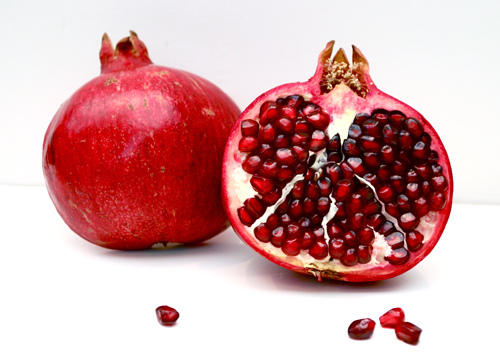The flu is one of the more dangerous infectious diseases, capable of causing over 45,000 deaths per year in the United States alone. This year's strain of the influenza virus, H3N2, is one of the deadlier strains. So far, 41 states have declared a public health emergency due to this virus. The reason why this year's flu is deadlier is because the flu season started earlier.
Unlike previous years where the flu season started in January, this year's flu season started around the holidays. The holidays is when a lot of people travel to spend time with their family. Because of all this traveling, the flu spread more quickly than usual and infected more people.
How does the flu work?
The flu, scientifically known as haemophilus influenzae, is a virus. Viruses work by infecting host cells. (A host cell is one of your cells) First, the virus gains entry into the host cell. Next, the virus establishes itself inside the host cell, and compromises (destroys) the cell defenses.
Once, the defenses are destroyed, the virus assembles virion particles. (Virion particles are virus parts. Basically what the virus is doing is making new viruses.) After the virus has assembled a lot of friends, it destroys the host cell. Now, the virus and all it's buddies are free to roam around and infect new host cells. This cycle repeats itself until your immune system is able to successfully fight off the virus.
If you do happen to get the flu this year, I recommend staying home, and drinking a lot of liquid to make sure you are hydrated properly. Also, eat foods high in Vitamin C to help your body fight off the virus. But the best thing to do if you are getting worse is to consult your doctor. Your doctor is a trained professional whose job is to help you recover from illnesses like this.



